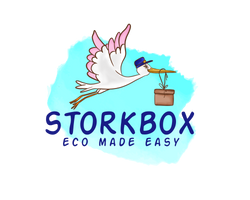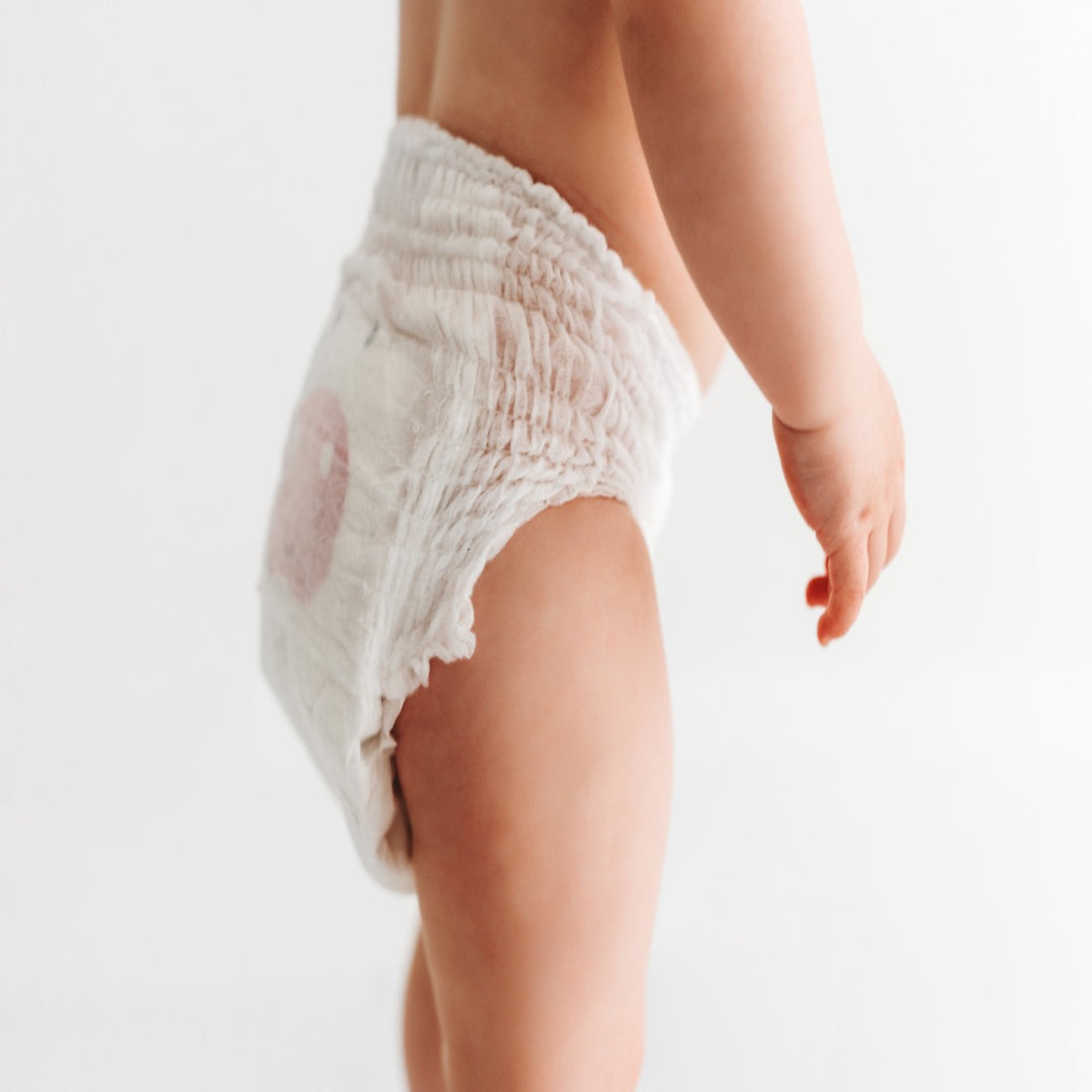Introduction
When it comes to nappy options for babies and toddlers, parents have a range of choices available. One popular option is nappy pants, also known as pull-up nappies or training pants. These innovative alternatives to traditional nappies offer convenience and ease of use. However, like any product, they also have their drawbacks. In this blog post, we will explore the pros and cons of using nappy pants, helping parents make an informed decision for their little ones.
Pros of Using Nappy Pants
-
Ease of Use: Nappy pants are designed to be pulled up and down like regular underwear, making them convenient for active toddlers who are learning to use the potty. They simplify the nappy changing process, allowing children to participate more actively in the transition from nappies to toilet training.
-
Independence and Confidence: Nappy pants promote a sense of independence in toddlers as they can easily pull them up and down on their own. This fosters confidence and encourages self-reliance, which are essential skills for potty training.
-
Flexibility and Mobility: Nappy pants offer greater freedom of movement compared to traditional nappies. They are ideal for active toddlers who are constantly on the go, allowing them to crawl, walk, and play without feeling restricted by a bulky nappy.
-
Convenience on the Go: Nappy pants are particularly convenient when traveling or outside the home. They can be easily changed in public restrooms or on-the-go, without the need for a changing table or excessive supplies. This makes them a practical choice for families who are frequently on the move.
Cons of Using Nappy Pants
-
Limited Customization: Unlike traditional nappies, nappy pants come in a limited range of sizes and absorbency levels. This can be a disadvantage for parents who prefer a more tailored fit or require specific absorbency for their child's needs. It's important to ensure the chosen nappy pants are suitable for the child's age, weight, and level of bladder control.
-
Potential Leakage: While nappy pants are designed to provide leakage protection, they may not be as effective as traditional nappies, especially for heavy wetters or overnight use. The elastic waistband and leg openings may not provide the same snug fit as adhesive tabs, potentially leading to leaks or accidents.
-
Higher Cost: Nappy pants can be more expensive than traditional nappies. As they are often marketed as a specialised product, the cost per unit may be higher. This can impact the overall budget for nappies, especially for families on a tight budget.
-
Transition Challenges: Some children may find it difficult to transition from traditional nappies to nappy pants. The change in routine and the need to learn a new method of pulling up and down can cause confusion or resistance. It's important to introduce nappy pants gradually and be patient during the transition process.
Conclusion
Nappy pants offer convenience, ease of use, and promote independence during the potty training phase. They are particularly beneficial for active toddlers and families on the go. However, they may not provide the same level of customisation or leakage protection as traditional nappies. The decision to use nappy pants ultimately depends on the child's needs, the family's lifestyle, and personal preferences. By considering the pros and cons discussed in this blog post, parents can make an informed choice that suits their child's comfort, convenience, and budget. Storkbox currently has four brands of nappy pants, Beaming Baby, Bambo Nature, Kit and Kin, and Mum and You.

